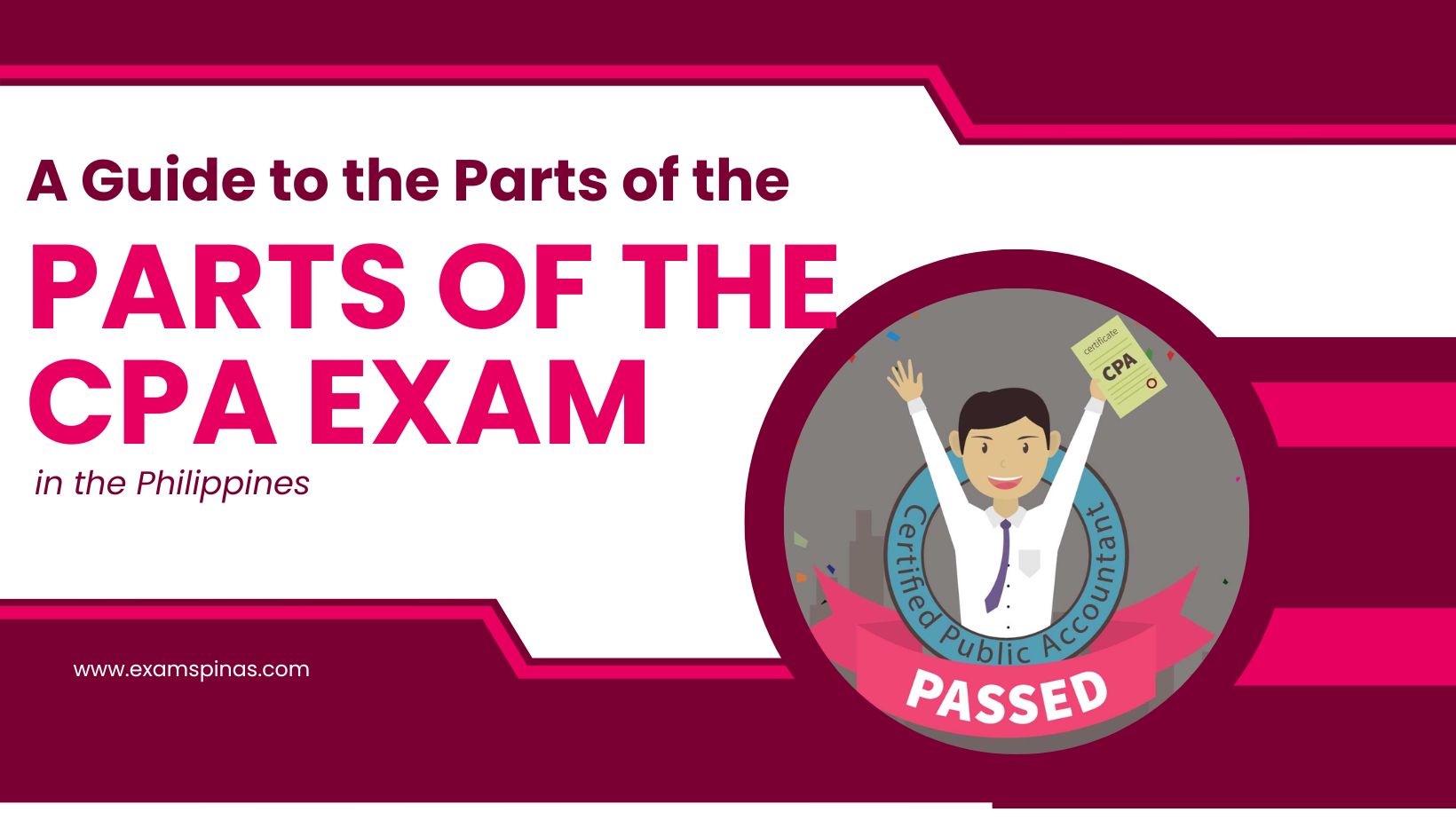The Certified Public Accountant (CPA) exam is a rigorous assessment that aspiring accountants must pass to obtain their CPA license. In the Philippines, the CPA exam consists of several parts designed to assess the knowledge and skills of candidates. This article serves as a comprehensive guide to understanding the various parts of the CPA exam in the Philippines.
- Auditing Theory and Practice (ATP): The ATP part of the CPA exam focuses on evaluating a candidate’s understanding of auditing principles, standards, and practices. It tests their knowledge of audit procedures, professional ethics, internal control systems, and reporting requirements. Candidates are expected to demonstrate their ability to apply auditing concepts to real-world scenarios.
- Taxation (TAX): The TAX part assesses a candidate’s understanding of Philippine taxation laws and regulations. It covers topics such as income tax, value-added tax (VAT), business and transfer taxes, and tax planning strategies. Candidates must be familiar with tax computations, exemptions, and filing requirements.
- Management Advisory Services (MAS): The MAS section evaluates a candidate’s knowledge in various management consulting areas. This part covers topics like management accounting principles, financial management, risk management, strategic planning, and performance evaluation. Candidates must demonstrate their ability to analyze and provide recommendations for complex business situations.
- Regulatory Framework for Business Transactions (RFBT): RFBT focuses on testing candidates’ comprehension of Philippine laws and regulations governing business transactions. Topics covered include business organizations, contracts, negotiable instruments, agencies, partnerships, corporations, and other legal aspects relevant to commerce and trade.
- Financial Accounting and Reporting (FAR): The FAR part assesses a candidate’s understanding of generally accepted accounting principles (GAAP) and financial reporting standards. It covers topics such as financial statement preparation, consolidation, accounting for specialized industries, and accounting for government entities.
- Advanced Financial Accounting and Reporting (AFAR): The AFAR section is an advanced version of FAR, focusing on complex accounting topics and standards. It covers subjects like business combinations, consolidations, partnerships, foreign currency transactions, and financial reporting for specialized industries.
- Practical Accounting Problems (PAP): The PAP part evaluates a candidate’s ability to solve practical accounting problems using their knowledge of accounting principles and standards. It assesses their analytical and problem-solving skills by presenting them with real-world accounting scenarios that require journal entries, adjustments, and financial statement preparations.
Obtaining a CPA license in the Philippines requires successfully passing the different parts of the CPA exam. Each part evaluates specific areas of accounting knowledge and skills, ranging from auditing, taxation, and financial reporting to management consulting and legal regulations. Aspiring accountants should prepare thoroughly for each section to increase their chances of success. By understanding the components of the CPA exam, candidates can focus their studies effectively and confidently embark on their journey towards becoming a Certified Public Accountant in the Philippines.

